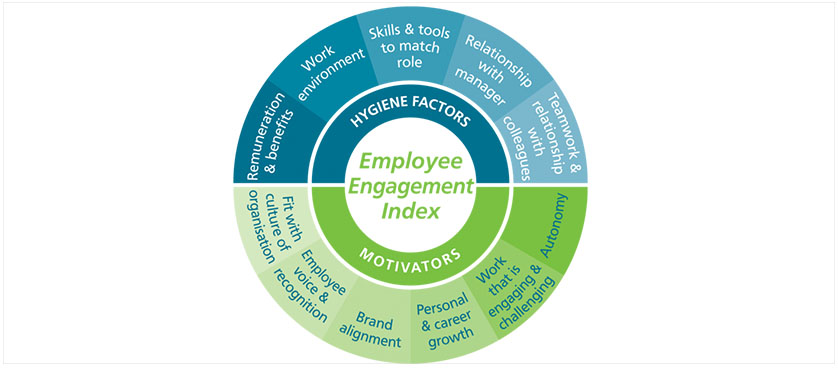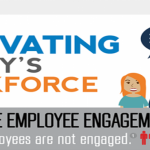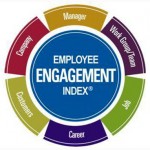More engagement, more performance!
Employee engagement is a very popular concept nowadays. In a severe competition on most markets, the human resource represents an important competitive advantage.
Employee engagement has three dimensions: the cognitive, the emotional and the behavioral one. The cognitive aspect refers to employees’ beliefs about the organization and working conditions. The emotional dimension concerns how employees feel about the organization, while the behavior of an employee is the value-added and discretionary effort he brings to his work in the form of extra time, brainpower and energy devoted to the tasks.
Studies have proved that engaged employees perform better than less involved employees, impacting positively customer satisfaction, profitability and employee turnover. All these have caught the interest of managers that are looking for techniques to increase employee engagement.
According to Edward Lawler, there are four pillars that an organization should encourage in order to facilitate employee engagement: power, information, knowledge and rewards.
Power refers to empowering employees to take decisions. Involvement is maximized when the highest possible level of power is pushed down to the employees that have to carry out the decisions. Information consists in providing the employees timely and relevant data for their work activities, so that they better understand the context of their tasks and take better decisions. Knowledge is connected to the training investment the company makes. Helping employees gain more skills and abilities is highly motivating for them. Rewards are a strong component of high involvement and they can ensure that employees are using the power, information and knowledge provided for a better performance of the company.
In order to increase the employee’s engagement, besides an adequate organizational culture and management practices, it is also needed to measure and monitor the level of involvement. The KPI used is # Employee Engagement Index and it can be calculated based on surveys performed among employees.
According to the 2012/2013 Work trends survey conducted by Kenexa, an IBM company:
- Highest EEI is for Executive/ Senior managers (76), while the lowest is for laborers and crafts/ skilled traders (48)
- Highest EEI is in the Electronics and Computer Manufacturing industry (62), while the lowest is in Government and Public Administration (51)
- Highest EEI is in India (77), while the lowest is in Japan (31)
Research data available on www.engageforsuccess.org illustrates that organizations with employee engagement scores in the top quartile averaged 12% higher customer advocacy and 18% higher productivity.
References:
- Konrad, A. M. (2006), Engaging employees through high-involvement work practices, Ivey Business Journal
- Dodge, T. (2013), Nailing the evidence, Engage For Success
- Kenexa (2012), The many contexts of Employee Engagement
Image Source:

Tags: Employee Engagement, Human Resources performance, Performance Management






